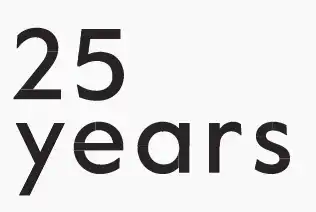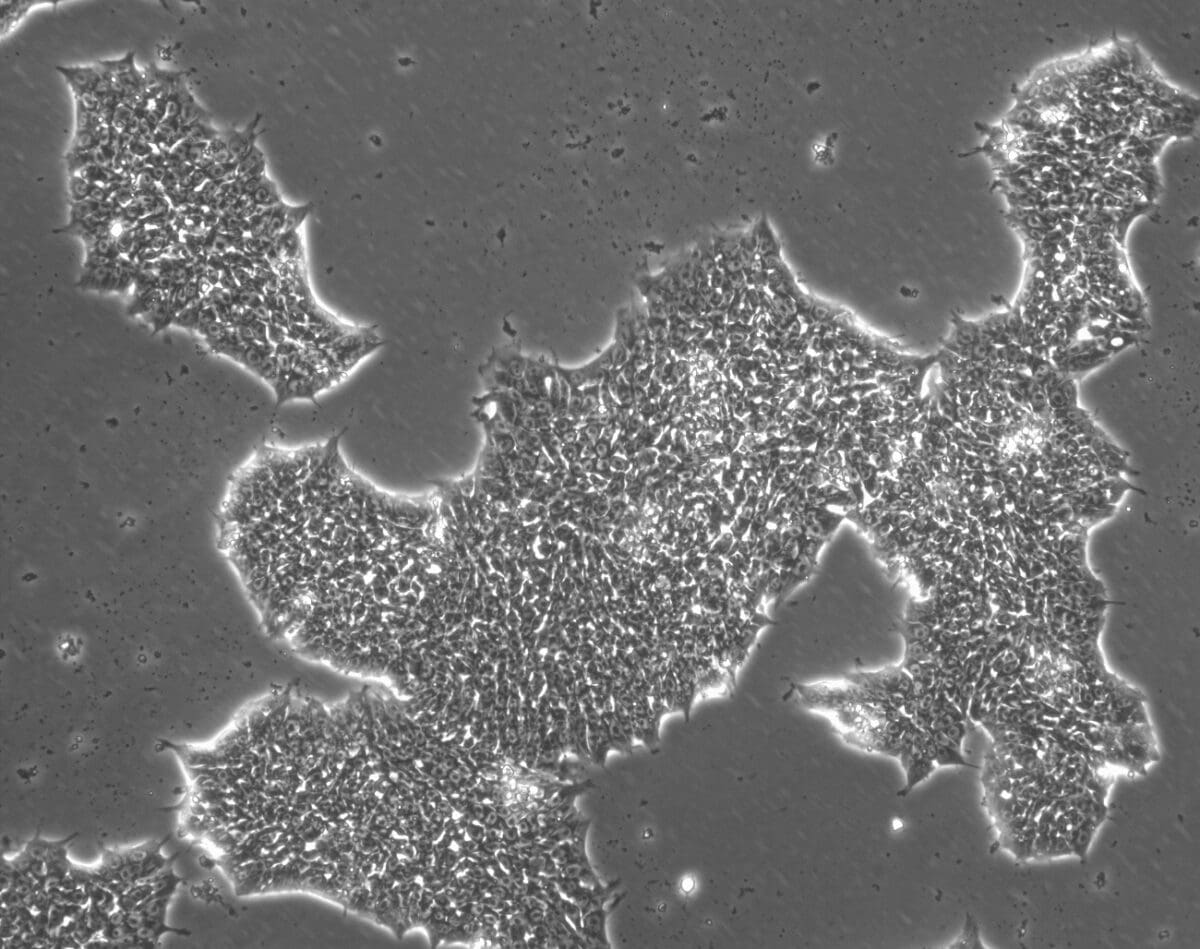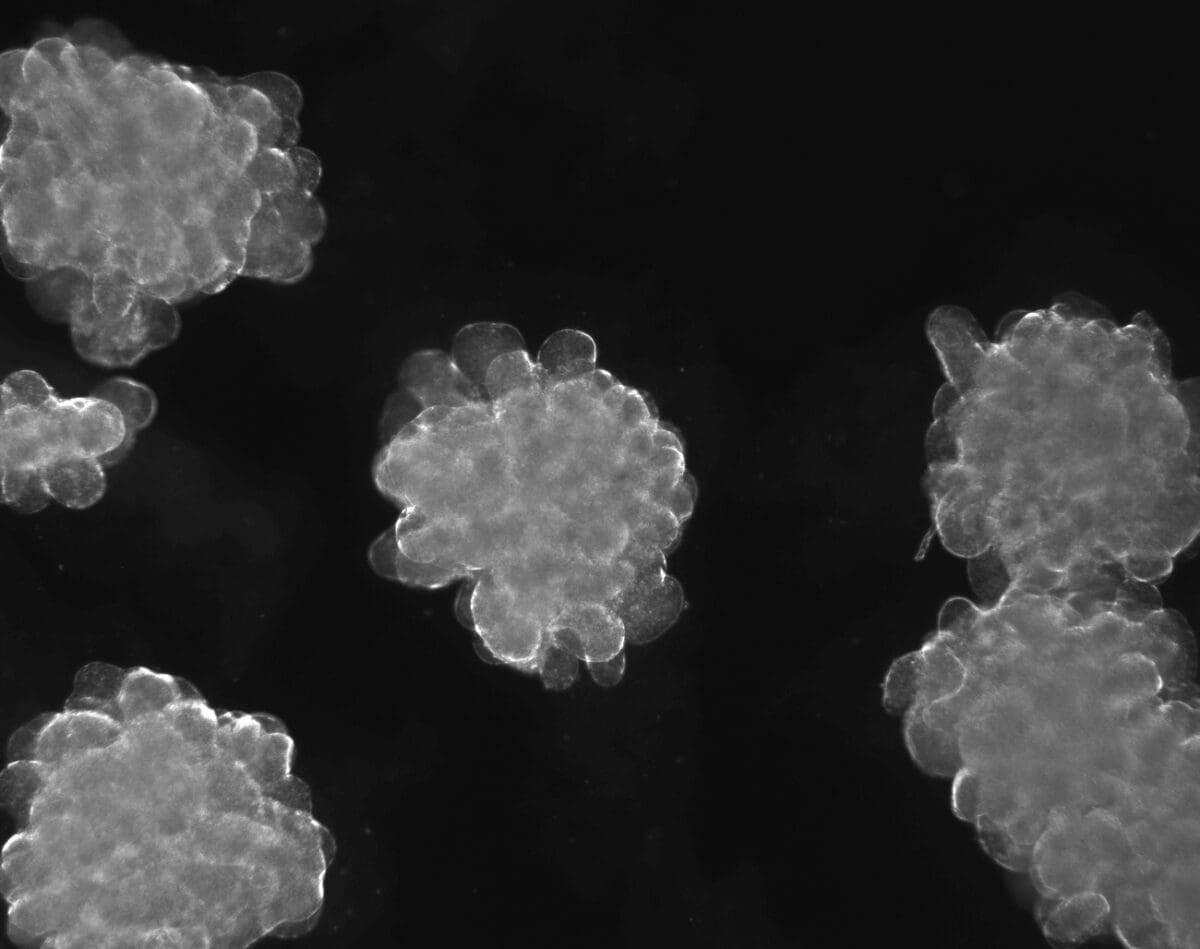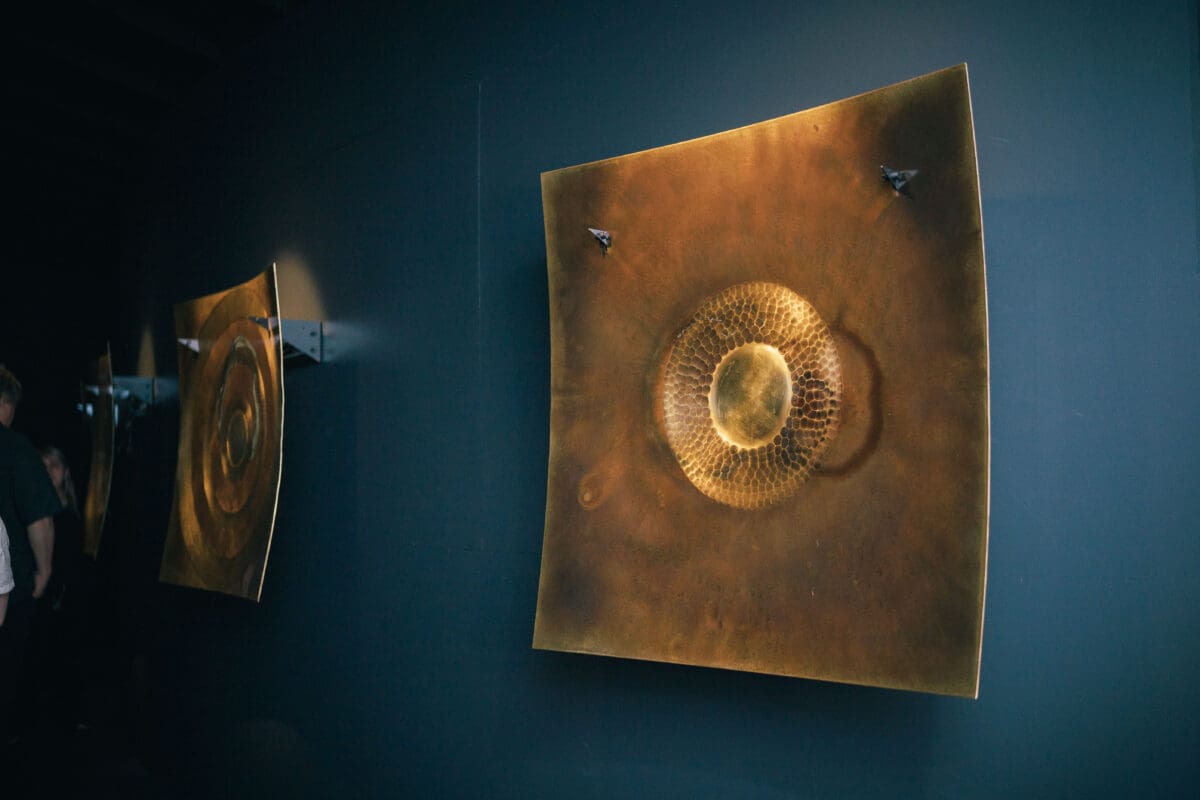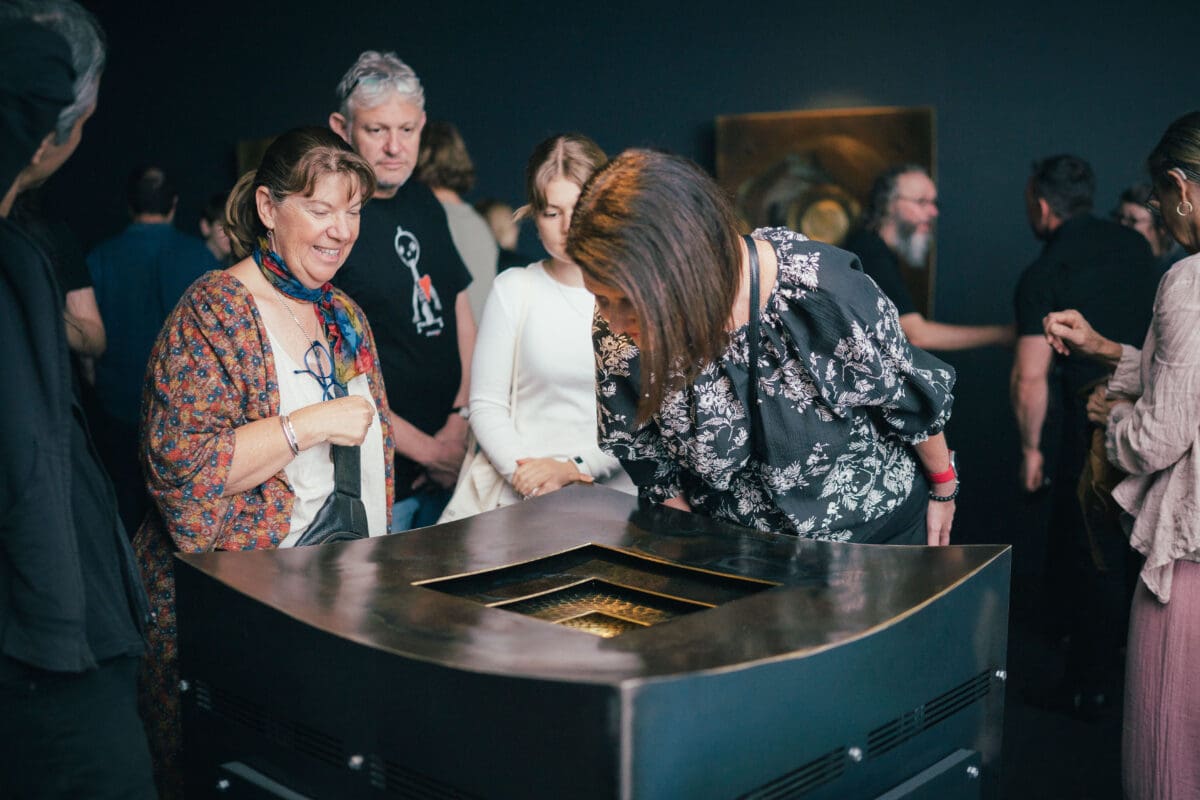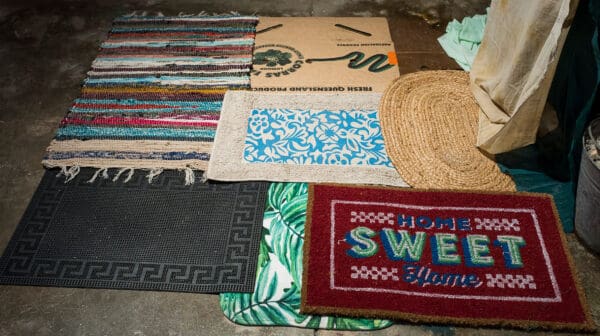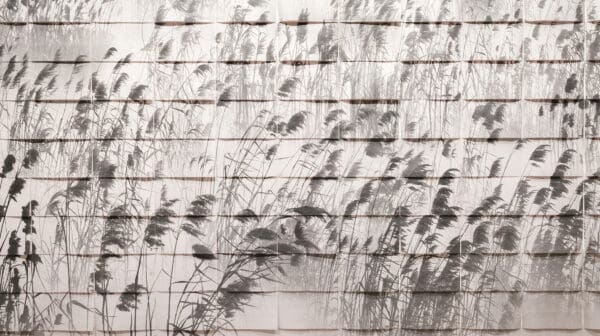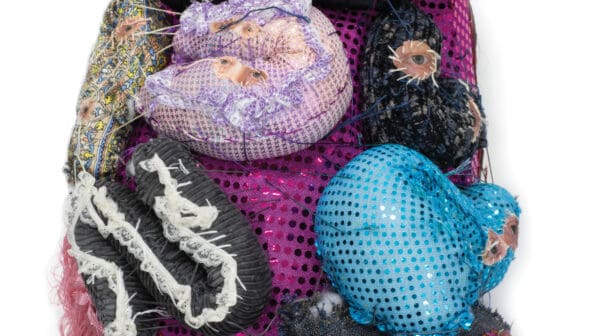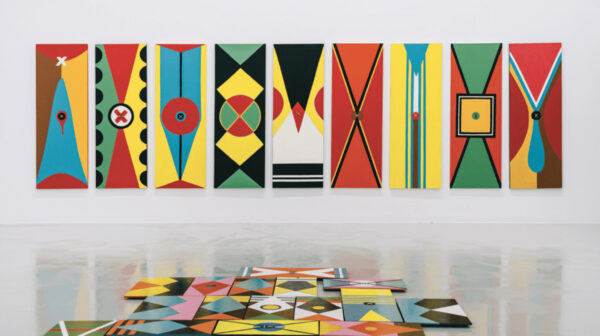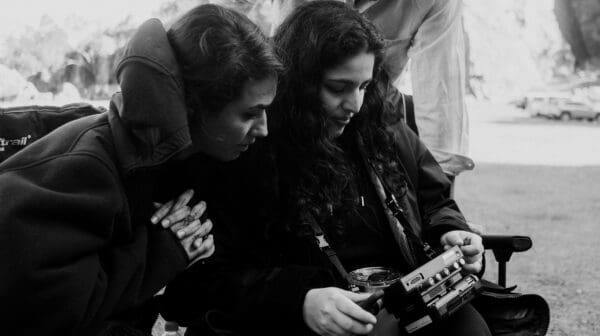Alvin Lucier is not alive, but his brain continues to compose music. A “surrogate performer” organoid, made from the blood cells of the late US experimental composer, sends out neural signals to large brass plates and mallets around the gallery where it is currently housed; in turn, those objects create sound.
Revivification was developed by biological artists Guy Ben-Ary, Nathan Thompson and Matt Gingold, in consultation with neuroscientists, ethicists and Lucier
himself, before his death in 2021. It is not artificial intelligence, but an alternative model: “in vitro intelligence”. There are scientific elements, of course, but this is chiefly an artwork. “We are interested in the cultural questions that this work is proposing,” Ben-Ary says.
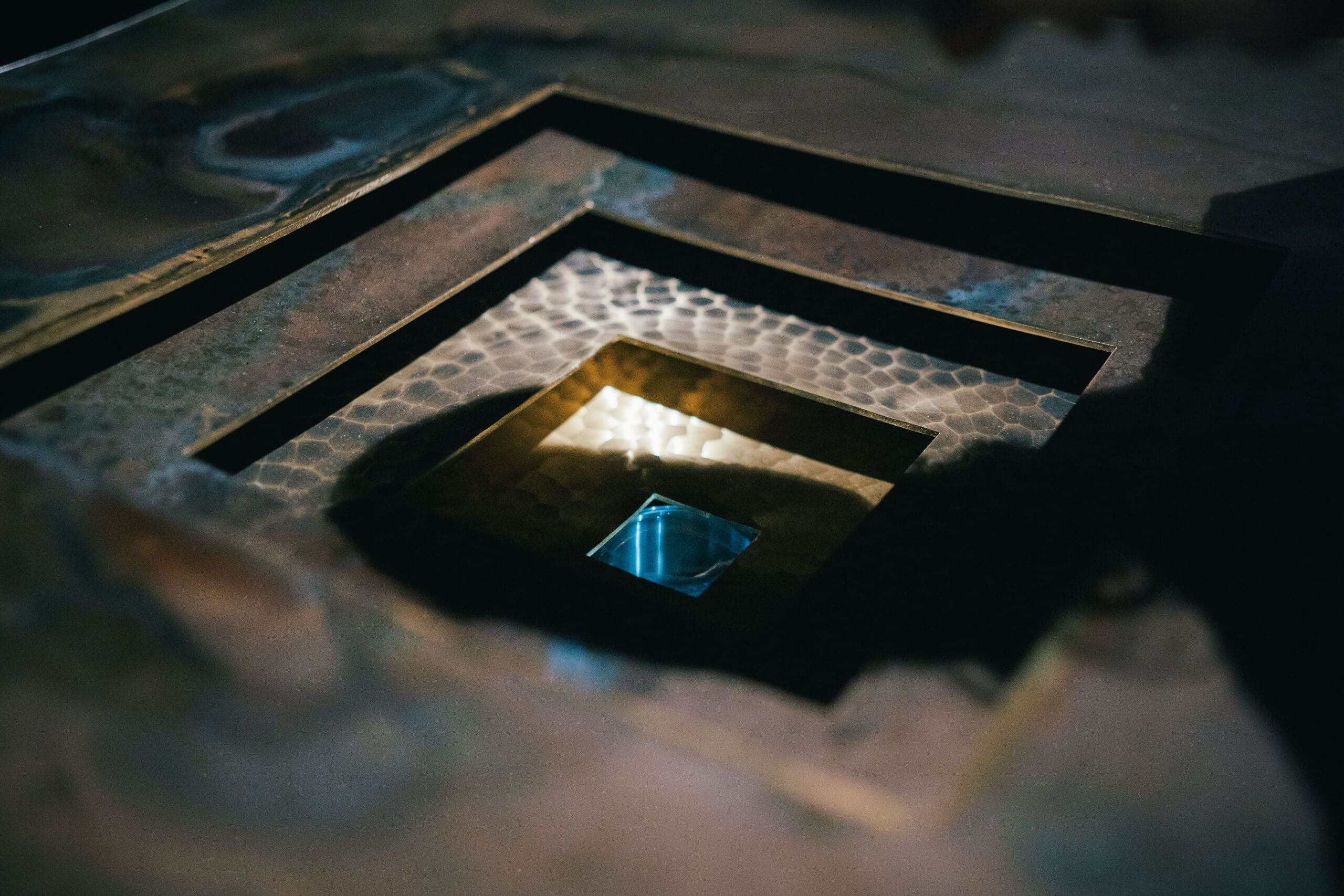
Those questions are about creativity, mortality
and art itself. Lucier, with his unorthodox approach to music, was an ideal subject—he “realised that, in a really interesting way, [Revivification] could extend his ethos,”
Thompson says.
Even though it produces sound, music is not the project’s aim—rather, it focuses on extending Lucier’s ideas about the resonance of sound. “We are letting materials speak for themselves through this phenomena of resonance,” Ben-Ary says. The surrogate performer has surprised the team with its changing output over time. The complex system is designed this way: “There’s gesture, complication and kinetic entropy, and all of this makes a system that is dynamic and easily susceptible to simple change,” Thompson says.
Curator Robert Cook says, “One of the most exciting things about Revivification for me is how it stages some of the key elements of experimental sound work, as the piece composes and performs in real time in a manner that is both directed and undirected, while extending inquiries into the question of
authorship and agency.”
Revivification
Art Gallery of Western Australia
Until 17 August
This article was originally published in the July/August 2025 print edition of Art Guide Australia.



